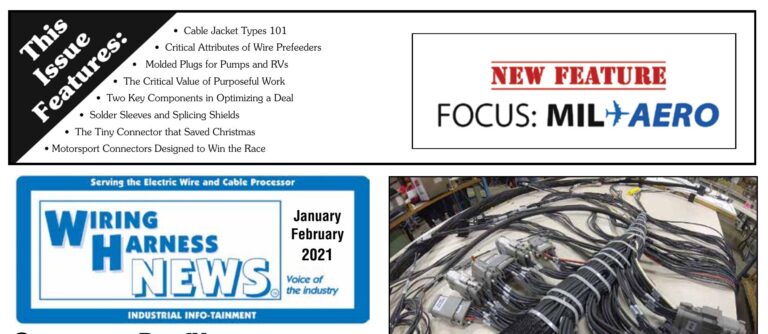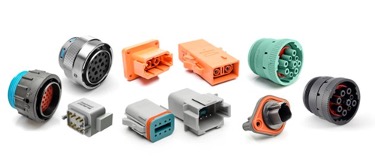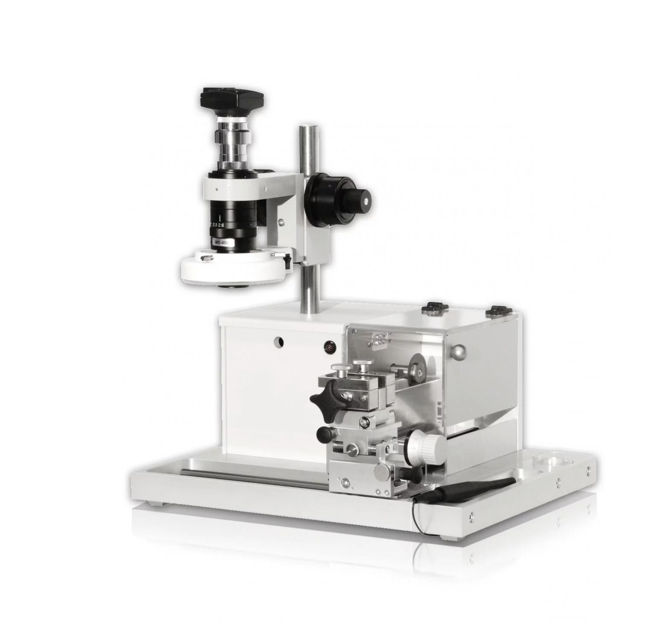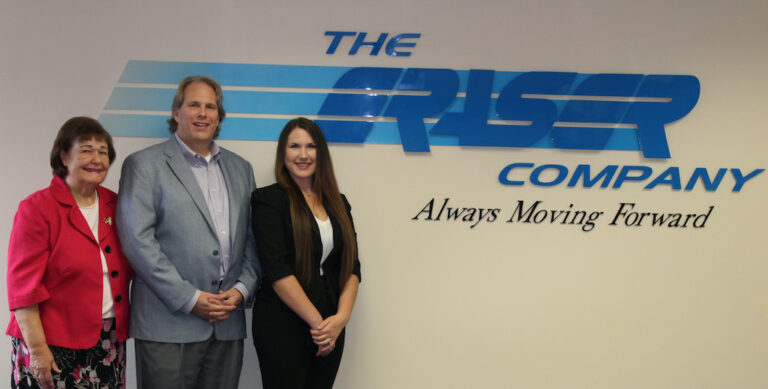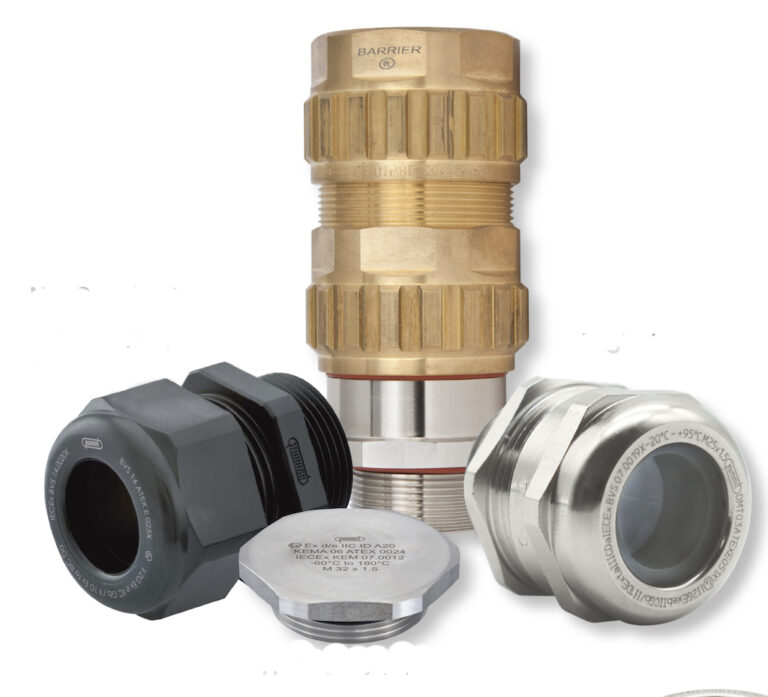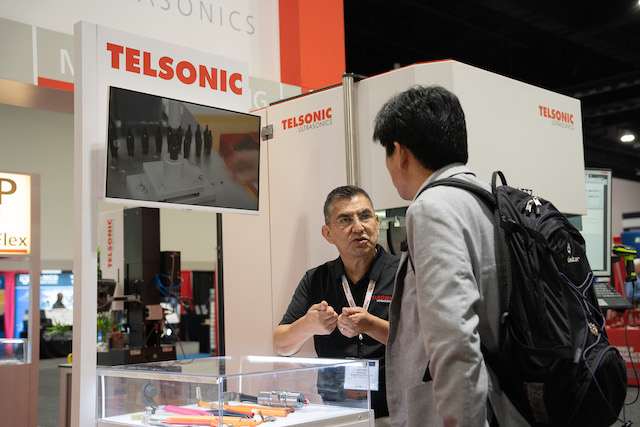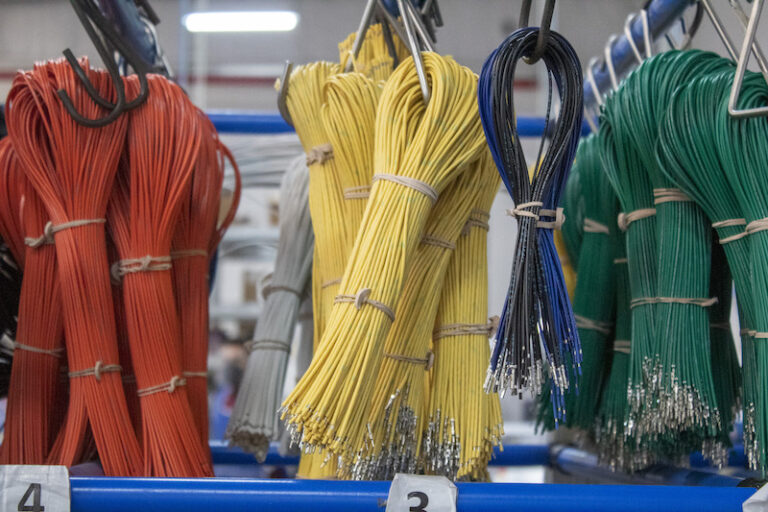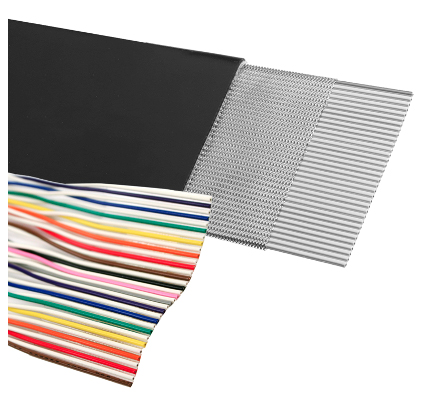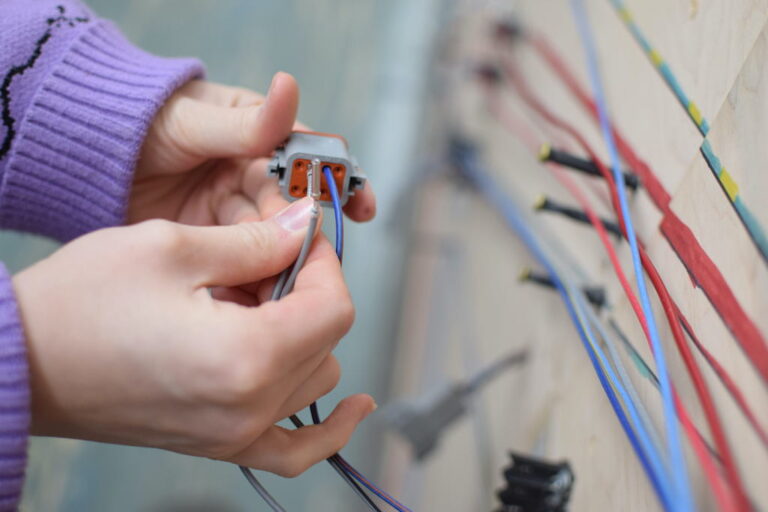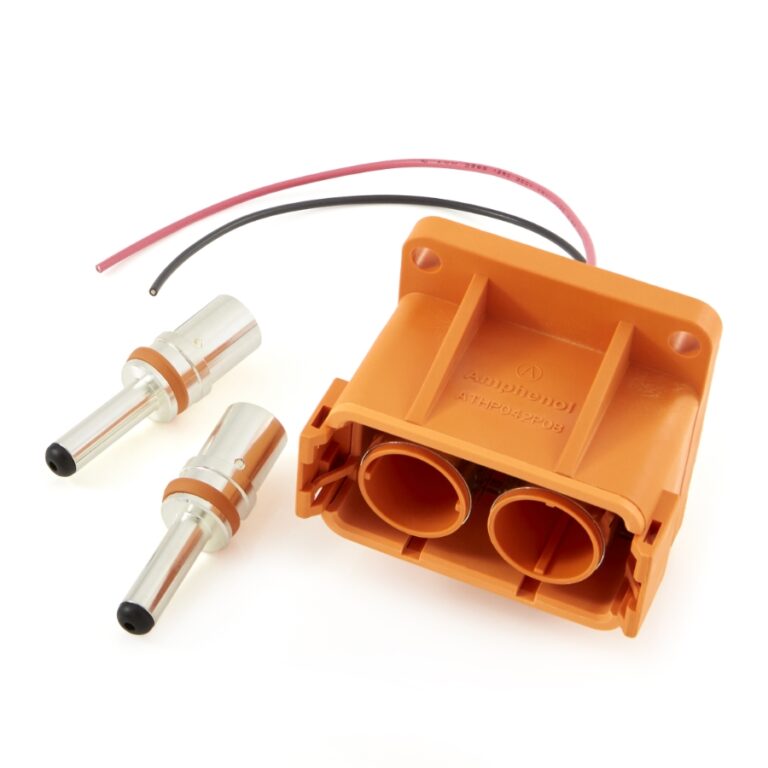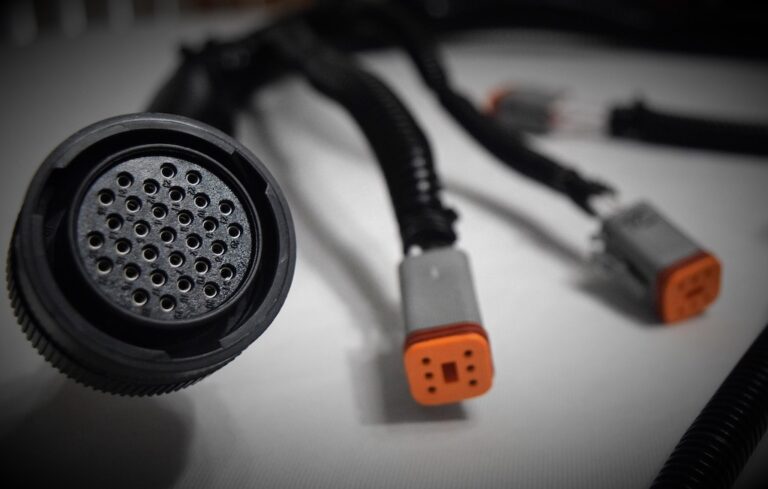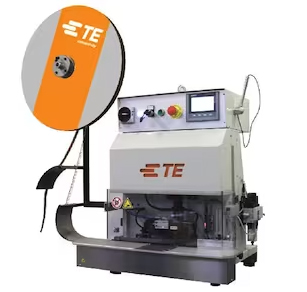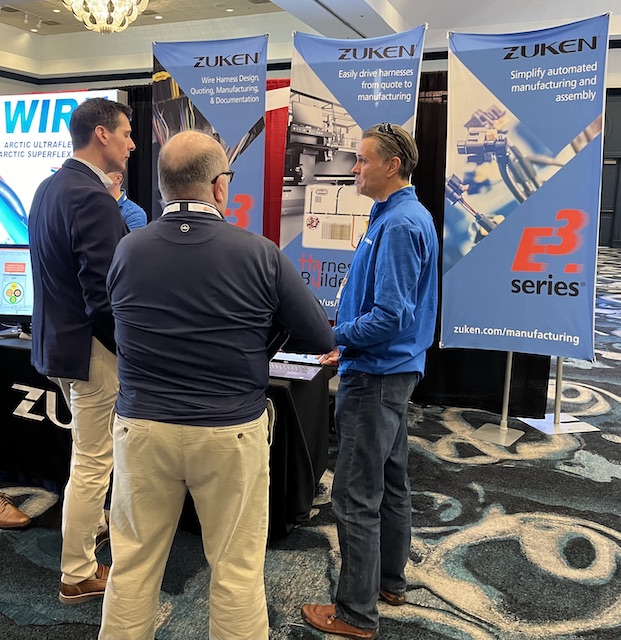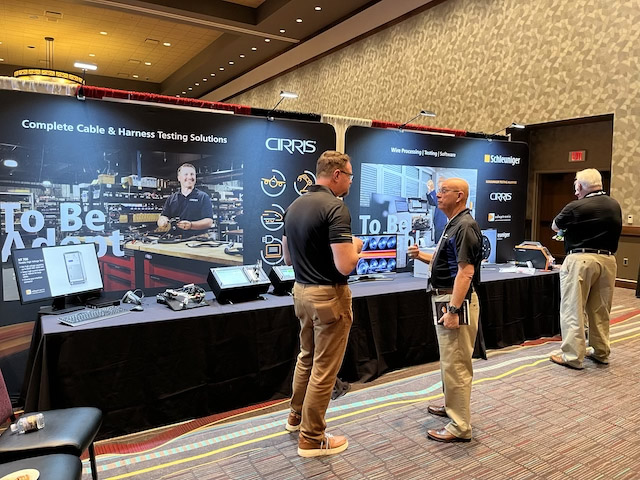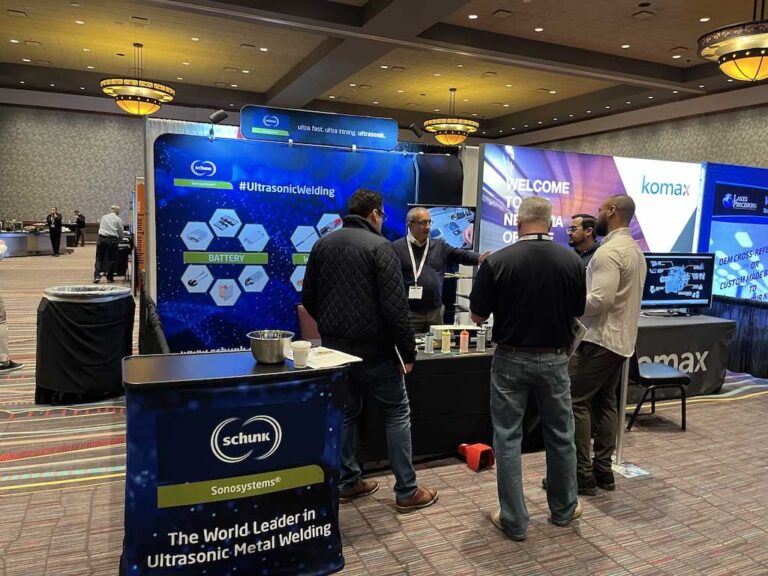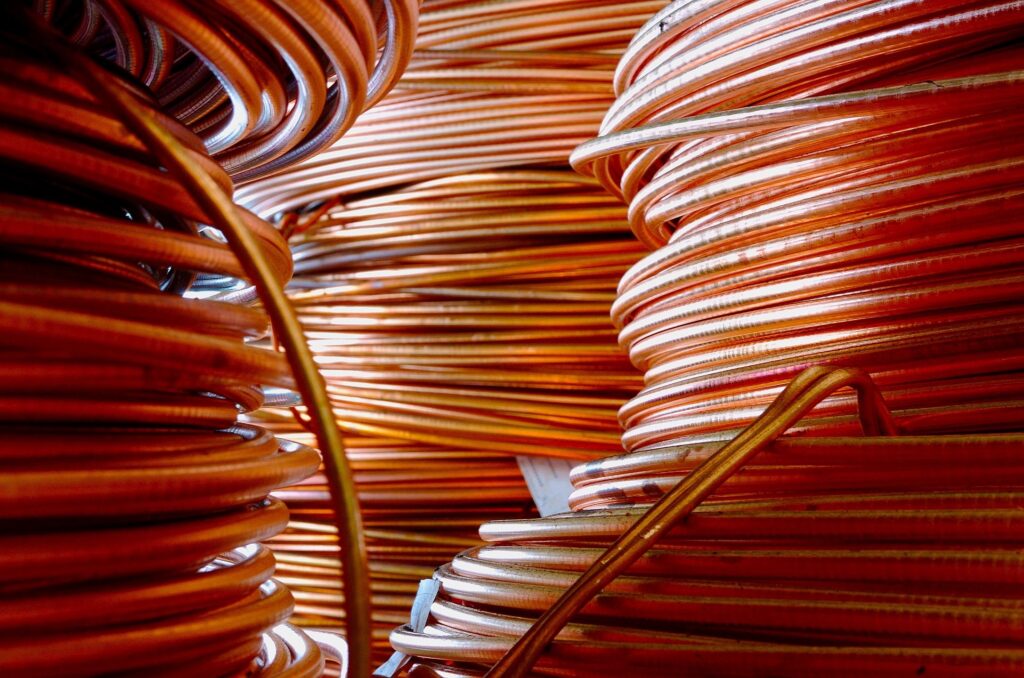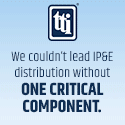Cathodic Protection: Keeping Corrosion to a Minimum
Whether we’re talking about a steel water holding tank like those found in residential hot water heaters or massive submerged offshore oil platforms, inhibiting corrosion on metal surfaces is critical. Cathodic protection, or CP, is a widely-used technique to control corrosion on metal surfaces by essentially making it the cathode of an electrochemical cell.
The simplest method of protection connects the metal to be protected to a more easily corroded “sacrificial metal” to act as the anode. The sacrificial metal then corrodes instead of the protected metal.
For structures such as long pipelines, where passive galvanic cathodic protection is not adequate, an external DC electrical power source is required to provide sufficient current.
Cathodic protection systems protect a wide range of metallic structures in various environments. Common applications include:
- Steel water or fuel pipelines and steel storage tanks
- Steel pier piles
- Ship and boat hulls
- Offshore oil platforms
- Onshore oil well casings
- Offshore wind farm foundations
- Metal reinforcement bars in concrete buildings and structures
Another common example is galvanized steel, where a sacrificial coating of zinc on steel parts protects them from rust.
Cathodic protection prevents corrosion by converting of the anodic (active) sites on the metal surface to cathodic(passive) sites by supplying electrical current (or free electrons) from an alternate source. Usually this takes the form of galvanic anodes, which are more active than steel.
Understanding the corrosion process is essential to truly grasping how cathodic protection cables work.
How does steel corrode in water?
To understand cathodic protection, you must first understand how corrosion is caused. For corrosion to occur, three things must be present:
- Two dissimilar metals;
- An electrolyte (water with any type of salt or salts dissolved in it); and
- A metal (conducting) path between the dissimilar metals.
The two dissimilar metals may be totally different alloys – such as steel and aluminum – but are more likely to be microscopic or macroscopic metallurgical differences on the surface of a single piece of steel.
In this case, let’s consider freely-corroding steel, which is non-uniform. If the above conditions exist, the following reaction takes place at the more active sites: two iron ions plus four free electrons.
The free electrons travel through the metal path to the less active sites, where the following reaction takes place: oxygen gas is converted to oxygen ion (by combining with the four free electrons), which combines with water to form hydroxyl ions.
The key takeaway is that engineers have found a way to keep this corrosion to a minimum.
Your Partner in Innovation
Applying forward-thinking ingenuity to solve critical business problems is one of the many ways Wesco harnesses creativity to help build, connect, power and protect our world. With technical specialists supporting customers in more than 50 countries, Wesco is your global partner, committed to innovative thinking that produces meaningful results.





















